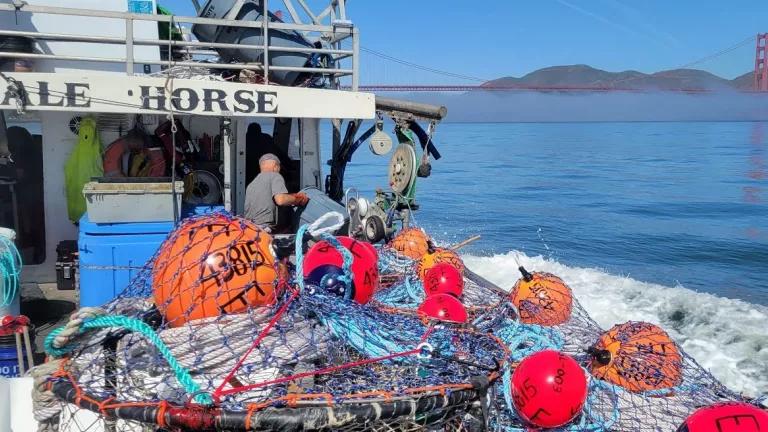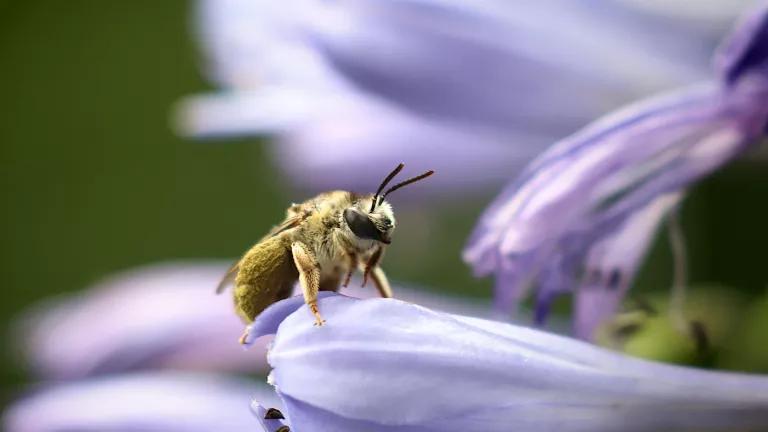With AB 363, California Can Continue Momentum to Protect Bees
By passing a bill to rein in non-agricultural uses of bee-killing neonics, California can build on a good year for pollinator protections.

A key bill to protect people and pollinators from neurotoxic neonicotinoid insecticides, or “neonics,” now awaits a vote in the California Senate after being released out of the Senate Appropriations Committee. AB 363 would direct the California Department of Pesticide Regulation (DPR) to conduct a timely and thorough analysis of the impacts of outdoor, non-agricultural neonic uses that contaminate California waters, decimate pollinators, and threaten Californians’ health.
If passed by the Senate and signed by Governor Newsom, the bill would be the latest in a string of positive developments for pollinator protection. Earlier this month, a federal court in Washington, DC threw out a decision by the U.S. Fish and Wildlife Service (“Service”) that would have left the endangered rusty patched bumble bee without habitat protections under the Endangered Species Act. It remains to be seen what the Service will do next—but protecting this critically endangered bee’s habitat would benefit the countless pollinators who depend on high-quality grassland habitat throughout the Midwest and Northeast.
This summer, the Service also proposed to rescind several regulations issued by the Trump Administration that weakened protections for endangered species and their habitats, including the rusty patched and California pollinators like the mission blue butterfly. Finalizing these protections—and going further to restore the strength of our nation’s most important and effective wildlife conservation law—will be key to restoring pollinator populations and biodiversity more broadly.

Other states are also continuing to rein in harmful and unnecessary uses of bee-killing neonics. This year Minnesota banned neonic use on state lands and Nevada became the third state to ban lawn and garden uses of neonics. Colorado prohibited homeowner use of land and garden neonic products. And the New York legislature has sent a bill to the governor’s desk that would prohibit these non-agricultural neonic uses in addition to neonic-treated corn, soybean and wheat seeds—eliminating an estimated 80-90% of the neonics entering New York’s environment.
It’s now California’s turn to act. While the California Department of Pesticide Regulation (DPR) finalized regulations earlier this year that reined in certain agricultural neonic uses, the agency ignored lawn and garden uses. These uses are approved at higher rates than in agriculture, meaning they can intensely contaminate urban and suburban areas where many Californians live, work, and play. AB 363 would ensure that DPR goes through this same process for non-agricultural uses, and consider harms to native pollinators, aquatic ecosystems, and human health. It would also ensure that DPR completes this process by July 1, 2026.
If all goes to plan, it will soon be up to Governor Newsom to sign AB 363 into law and keep the good news rolling on pollinator protection. And together with restrictions on agricultural neonic uses passed earlier this year, it would make California a national leader on reining in neonic pollution.




